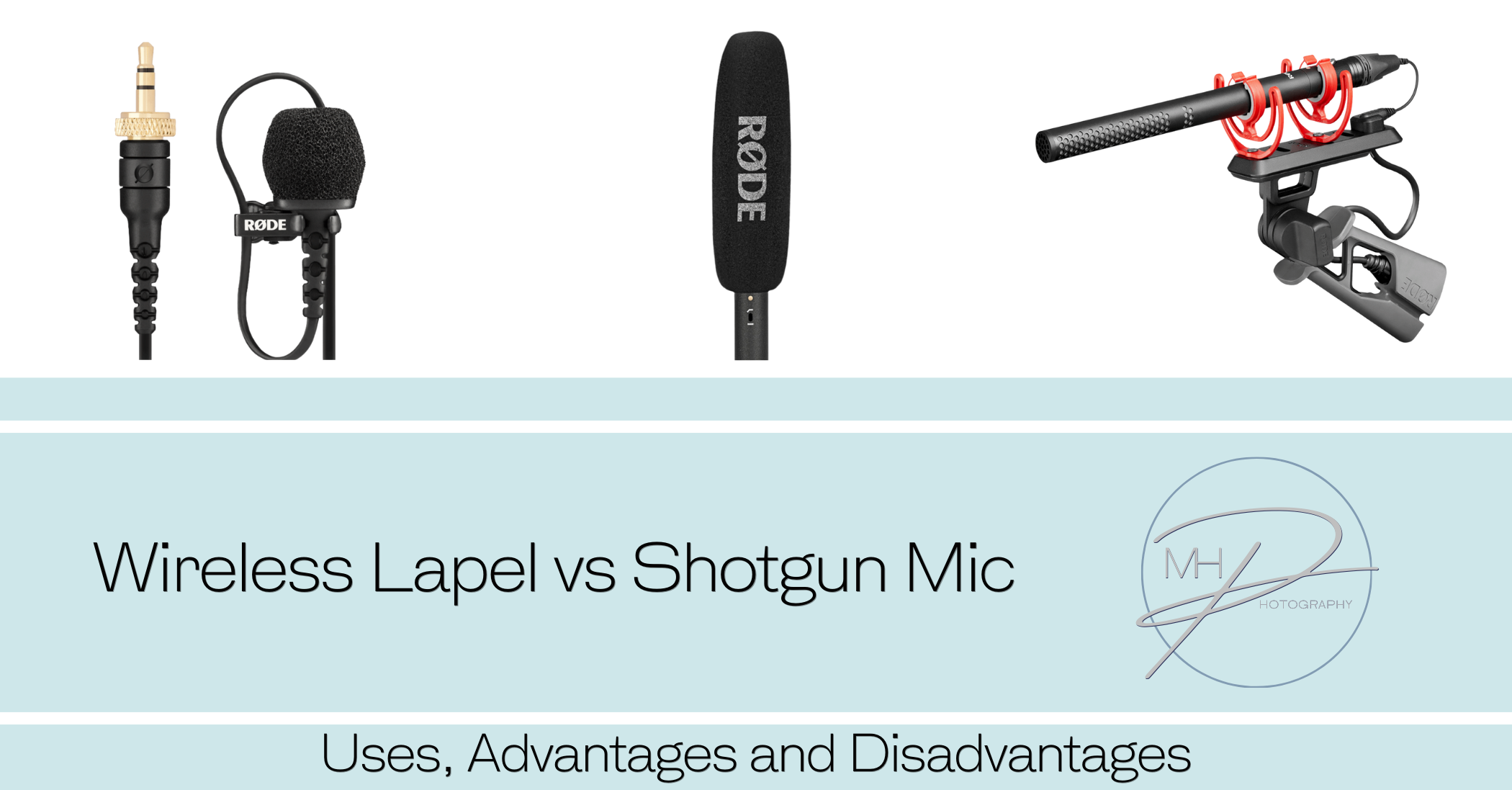
Wireless Lapel vs Shotgun Mic
Wireless Lapel Mic (Lavalier Mic) Best For: Interviews, vlogging, on-the-go shooting, and capturing clear dialogue in a controlled environment.

Posing isn’t about stiff limbs or forced smiles—it’s about bringing out the best in your subject. Whether you’re working with a professional model or a camera-shy client, understanding the fundamentals of portrait posing will elevate your photos from average to captivating.
In this guide, I’ll walk you through practical, beginner-friendly posing tips designed to build confidence on both sides of the lens.
Before even raising your camera, build a rapport with your subject. Ask light questions, give them space to relax, and create a safe environment where they can express themselves freely. The best poses are born from real connection.
Tip: Use subtle direction. Instead of saying “stand like this,” try “let’s shift your weight onto one foot and drop the shoulder on that side—beautiful.”
One of the most common challenges in portrait photography is tension—especially in the hands, jaw, and shoulders. Encourage your subject to:
Insight: Tension translates. A stiff pose can make even a confident person look uncomfortable. Loosen the body, and the personality shines.

When posing, think of yourself more as a gentle guide than a rigid director. Offer positive feedback as they move, and give prompts instead of commands.
Try these beginner-friendly prompts:
These tweaks might seem small, but they can drastically improve posture and presence.
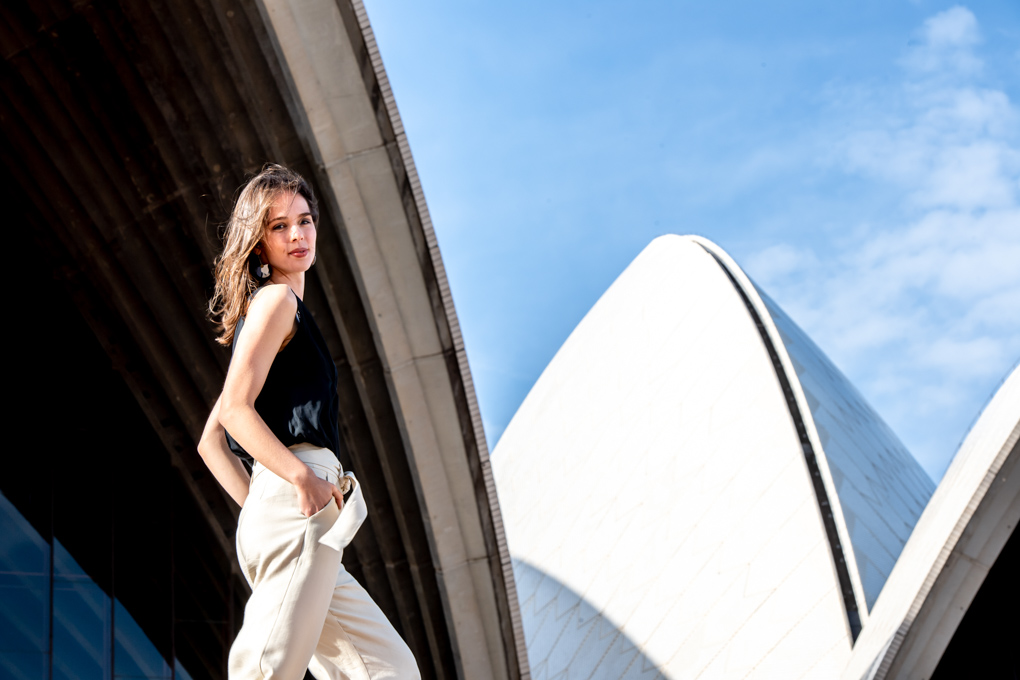
Start with a few reliable, easy-to-remember poses for beginners:
Standing Poses
Seated Poses
Close-Up Poses
Static poses can feel forced. Introducing small movements—like walking slowly, twirling a jacket, or brushing hair behind the ear—can bring authentic energy into your session.
Creative Tip: Play music during your shoot. A rhythm your subject connects with often helps loosen nerves and spark natural gestures.
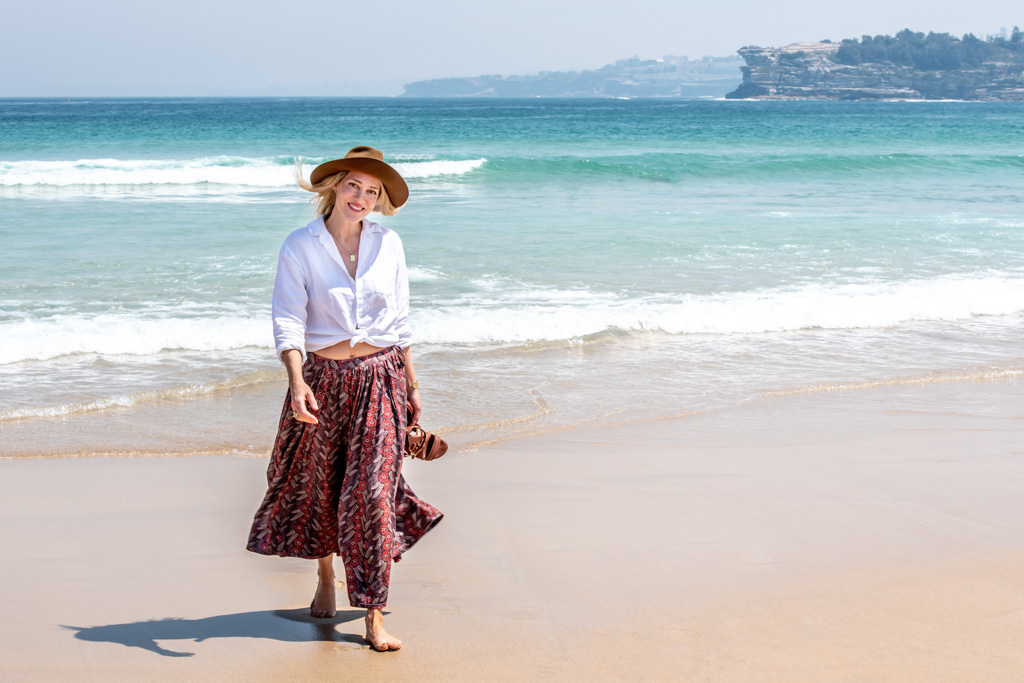
Great posing is only half the equation. Light reveals form. Encourage your subject to turn toward natural light sources like windows or open shade. Positioning their face slightly toward the light can create flattering shadows and depth.
Pro Tip: Use a reflector to bounce soft light onto the shadow side of the face if contrast is too strong.
Every portrait tells a story. Are you aiming for elegance, power, joy, or intimacy? Let the intention of the session guide how you pose your subject.
Examples:
Sometimes, it’s the smallest change that makes the biggest difference. Train your eye to spot:
Make gentle corrections and always show your subject the back of the camera—they’ll learn to trust your vision.
Don’t wait for perfect conditions or perfect clients. Practice with friends, a mirror, or even self-portraits. The more you study and experiment with posing, the more confident you’ll feel giving direction during real sessions.
At its heart, posing is a collaboration between photographer and subject. It’s not about rigid rules—it’s about presence, trust, and storytelling. As a beginner, your goal is to make people feel seen and celebrated in front of your lens.
Start simple. Be kind. Stay curious. And remember—every portrait you take helps shape your creative voice.
PS, If you found this helpful please let me know by leaving a comment below and sharing on social.
PPS, If you are struggling with anything photography related feel free to email or message me I’d love to help out anyway I can.

Hi, I’m a professional photographer with a passion for capturing moments that tell powerful stories—whether it’s backstage with the Australian Ballet, on assignment as a press photographer, or creating striking brand imagery. With years behind the lens and a love for both the technical and creative sides of photography, I’m here to share insights, tips, and real-world experiences to help you grow your skills and find your own visual voice. Thanks for being here—let’s create something extraordinary.

Wireless Lapel Mic (Lavalier Mic) Best For: Interviews, vlogging, on-the-go shooting, and capturing clear dialogue in a controlled environment.

Which resolution is ideal for each type of photography? The ideal resolution for different types of photography depends on how
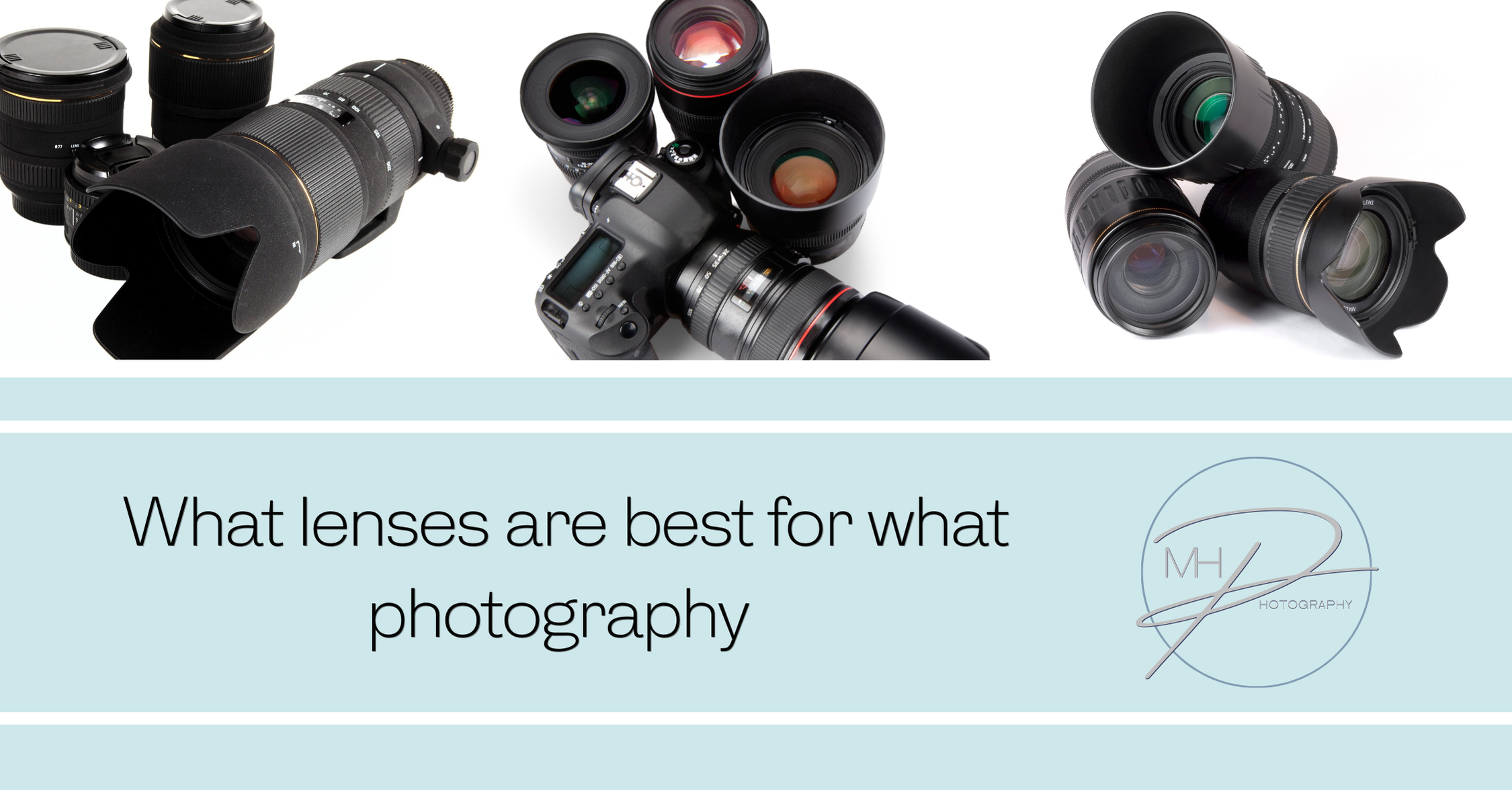
What lenses are best for different types of photography Choosing the right lens for photography depends on the type of
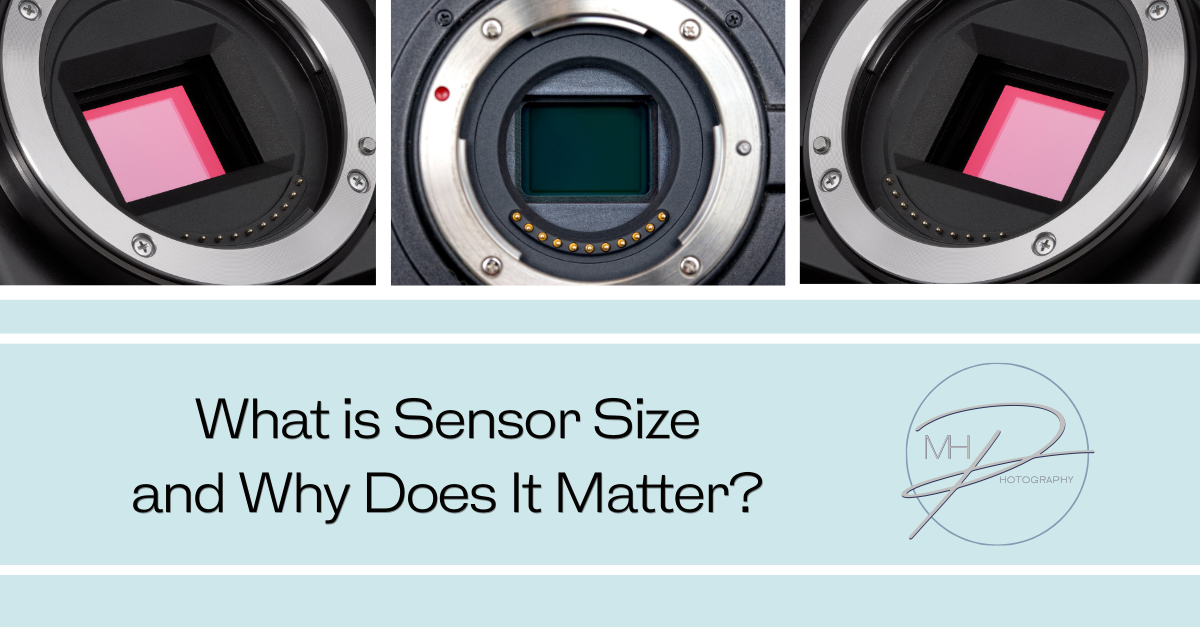
What is Sensor Size and why does it matter? When purchasing a camera, the sensor size plays a crucial role
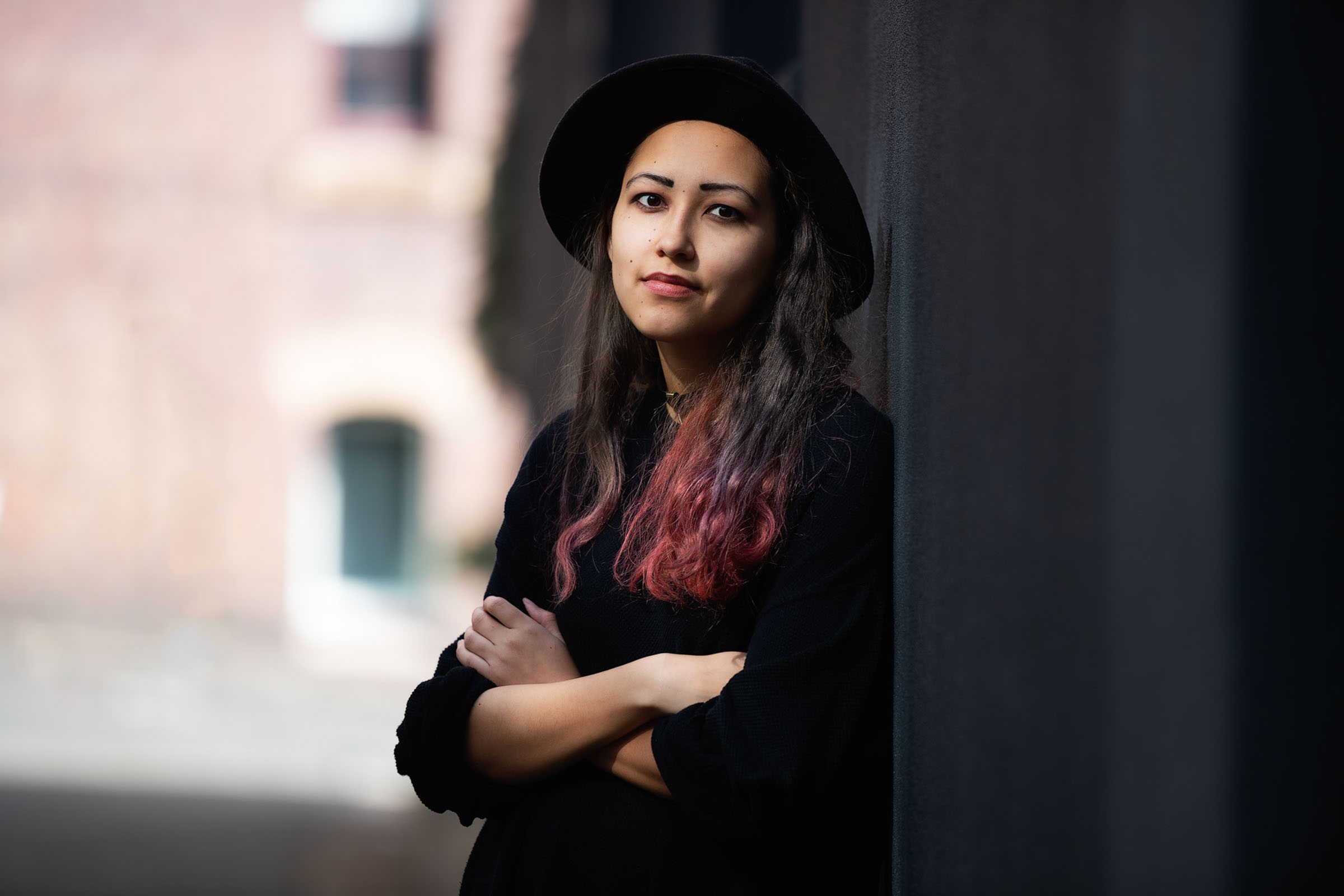
A Beginner’s Guide to Beautiful Lighting Natural light is one of the most beautiful and accessible tools in a portrait

Types of Autofocus (AF) Autofocus (AF) is a critical feature in modern cameras, ensuring subjects are sharp and well-defined. Different

Tripod Heads Tripods are an essential tool for both photographers and videographers, offering stability and flexibility for capturing shots. The

Keeping your camera gear clean is essential for maintaining image quality and prolonging the life of your equipment. The right
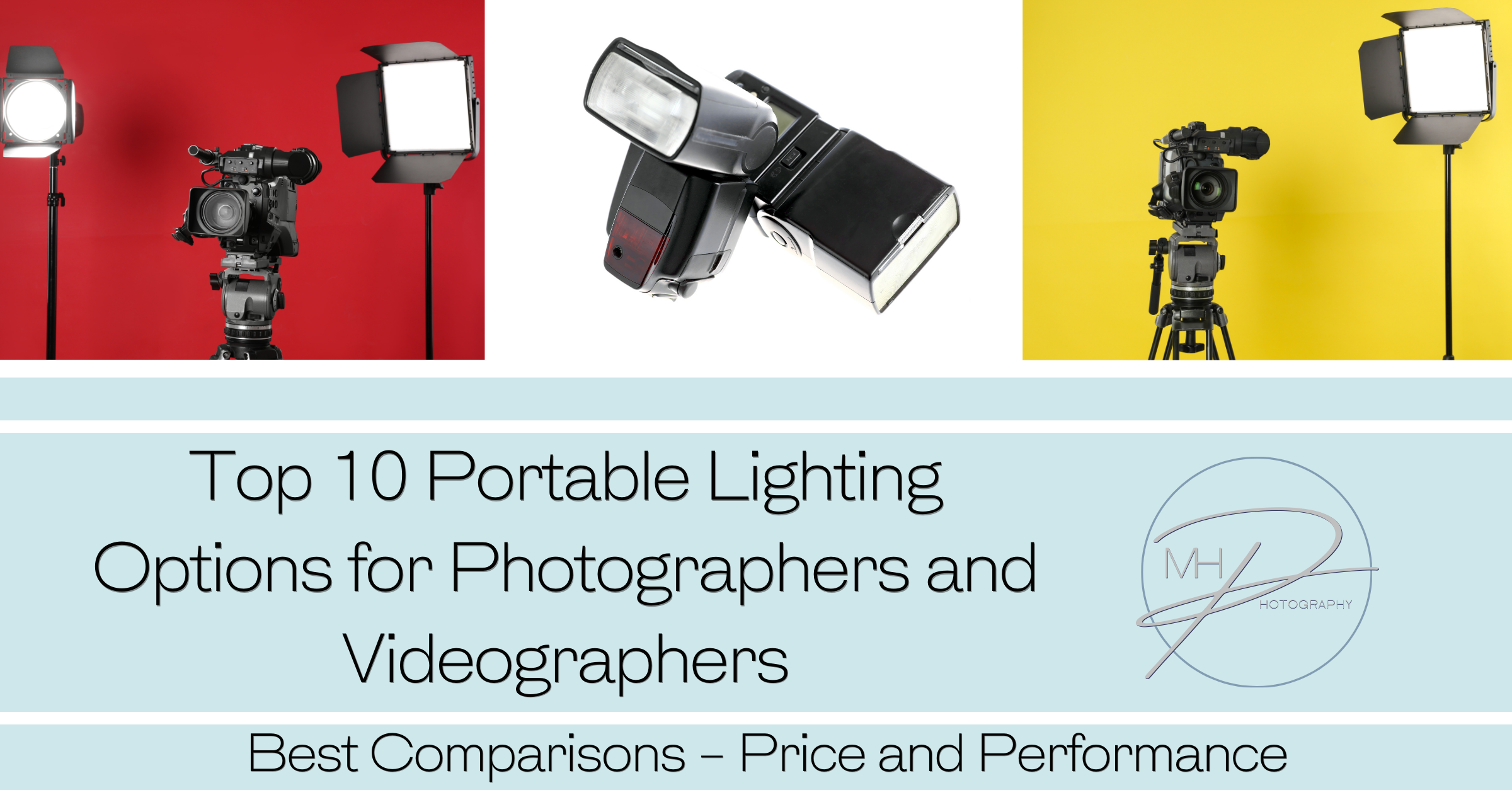
Best Comparisons on Price and Performance Portable lighting is essential for photographers and videographers who need reliable, on-the-go lighting for

Best Comparisons Choosing the right camera strap is crucial for comfort and accessibility while shooting. A high-quality strap can make
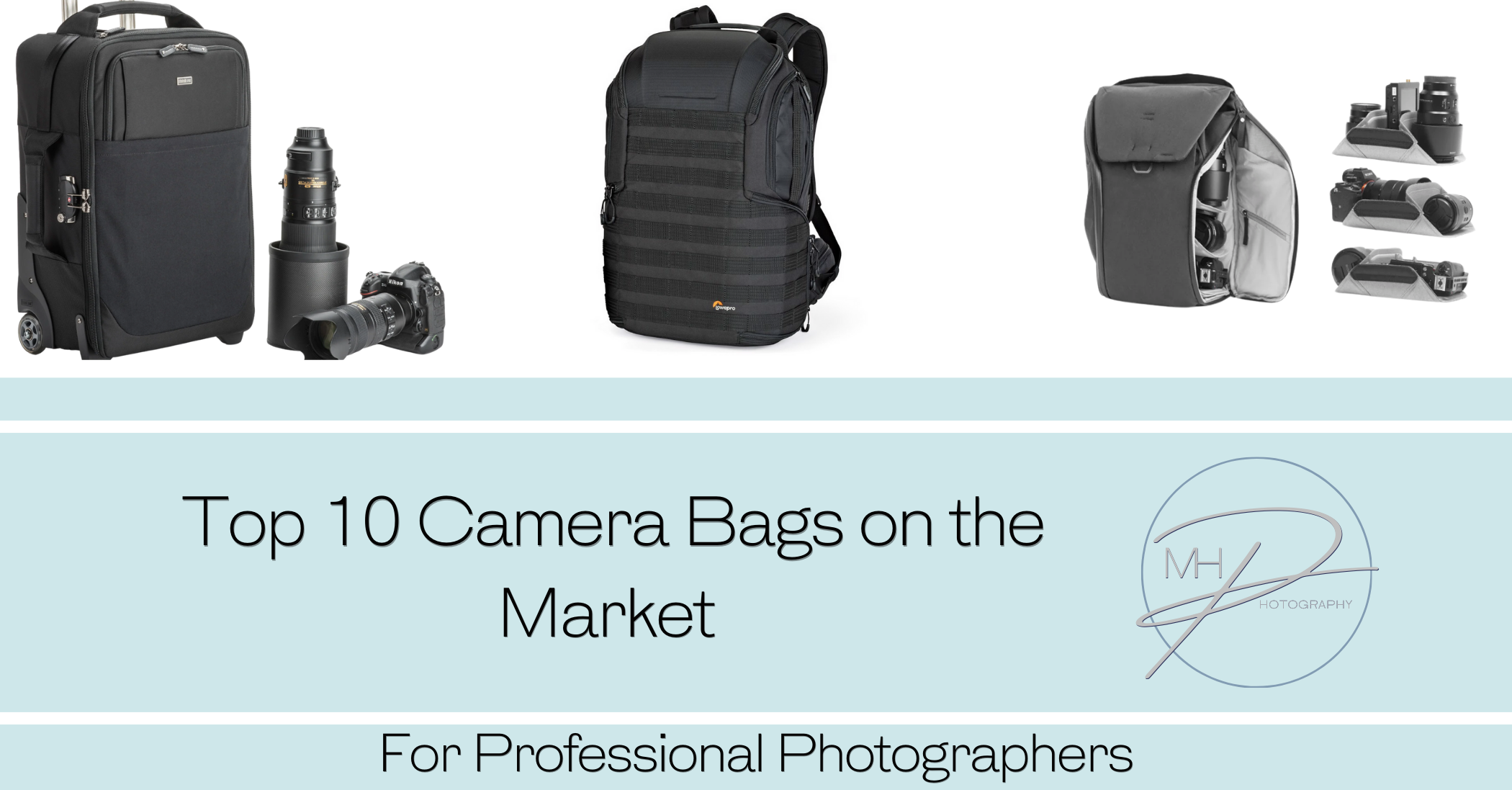
Top 10 Camera Bags Selecting the right camera bag is essential for photographers, particularly professionals who require both functionality and

The top 10 video editing software options Here’s a detailed comparison of the top 10 video editing software used by